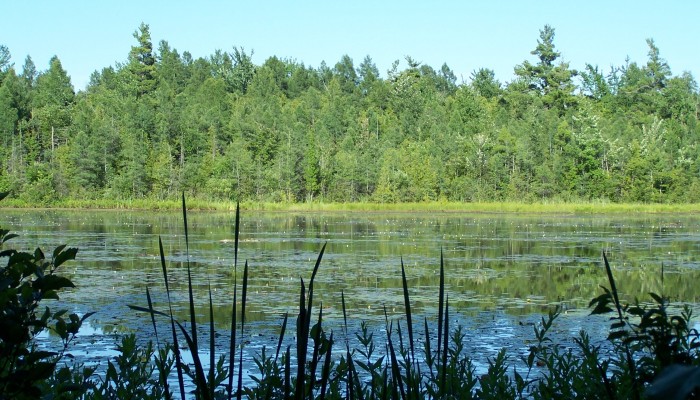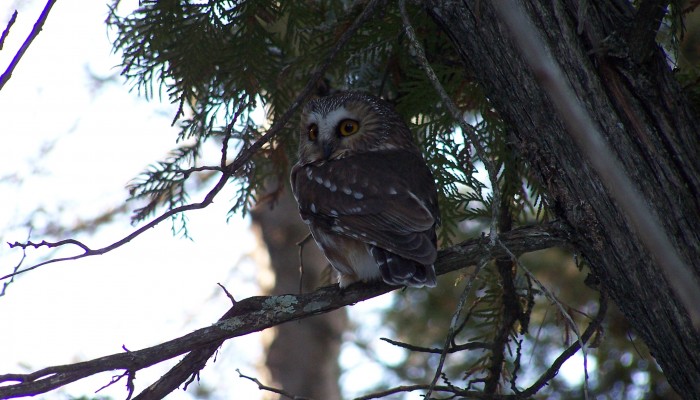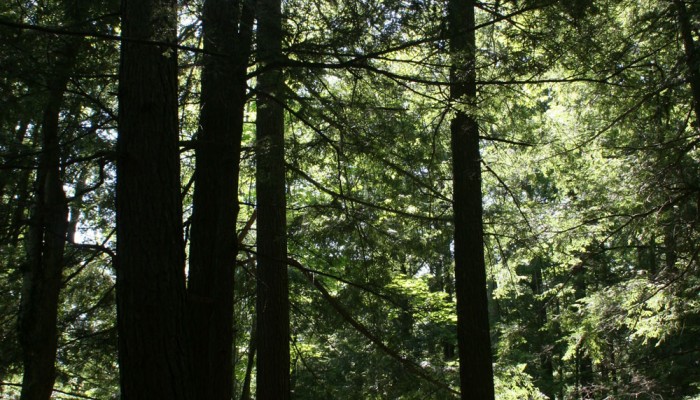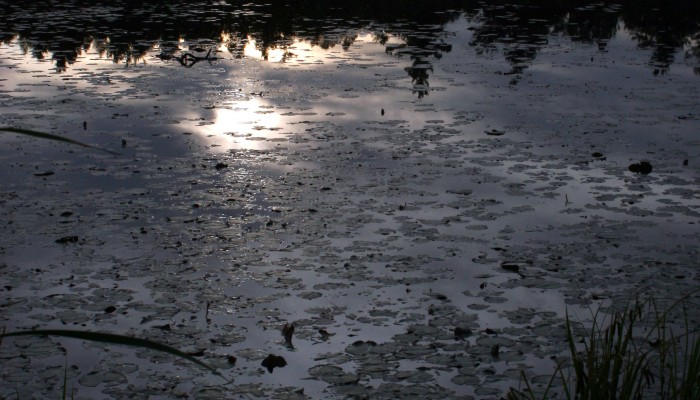Protected, Owned and Managed by the Grand Traverse Regional Land Conservancy
This preserve has a new trailhead and parking area off Peninsula Drive (spring 2023). The original trailhead remains open, with access to a Universally Accessible Trail and boardwalk completed in 2021. Click here to watch a video about these improvements.
Walking the soft forest paths through this pristine landscape and unique habitat mosaic, visitors to Pyatt Lake: The Bill Carls Nature Preserve quickly understand that this is a special place. Protected in 1992, Pyatt Lake represents not only an undisturbed landscape with unique habitat and geologic features but also the Conservancy’s first land preservation effort. Many diverse groups, from local artists to school children, came together to shield this land from the threat of impending development. Prior to Pyatt’s protection, the beauty and value of this property were recognized by both developers and conservationists. Luckily, the property had been identified as one of the most botanically diverse privately owned properties in Grand Traverse County and was one of three remaining examples of a “Wooded Dune and Swale Complex” habitat in northern Michigan. As a result, a compelling argument for Pyatt’s regional significance and preservation was successfully made. Over the years Pyatt Lake Preserve has been expanded eight times, bringing it to 159 acres.
Thousand of years ago, Pyatt Lake was an arm of Grand Traverse Bay. The hills crisscrossing the preserve are sand dunes formed when this area was part of the larger lake. This dune ridge – a regionally unique habitat – is known as a wooded dune and swale.
The mosaic of habitat types at Pyatt Lake offers refuge to a wide variety of animal and plant species. More than 250 plant species have been identified on the property, and each spring orchids and trillium carpet the ground in a sea of color. Migrating waterfowl use the lake as a resting area, and warblers, winter wrens, woodpeckers and owls all flourish in the maturing forest.
Read the Pyatt Lake chapter from our 25th-anniversary publication Love the Land: Pass it On.
To learn more about the construction of the new UA trail here, read the Pyatt Lake Universal Access Trail chapter from our Campaign for Generations publication.








